At the workshop "Reducing pollution from diesel vehicle emissions: Current situation and solutions in major cities in Vietnam" on the morning of October 27, Mr. Hoang Hai, representative of the Department of Environment ( Ministry of Agriculture and Environment ) said that there are many causes of dust and air pollution.
According to Mr. Hai, the main sources come from traffic, construction, industrial production, burning waste and industrial by-products, along with the impact of weather and climate.
There will soon be a roadmap to apply emission standards for motorbikes and cars.
He said that the Ministry of Agriculture and Environment is submitting to the Prime Minister a roadmap for applying the Vietnam Technical Regulation (QCVN) on emissions from automobiles, motorbikes, and scooters in circulation.
Regarding the expected roadmap for applying the National Technical Regulation on vehicle emissions in Vietnam, Mr. Hai said that vehicles manufactured before 1999 will apply level 1, and vehicles manufactured between 1999 and 2016 will apply level 2.
For vehicles manufactured from 2017 to the end of 2021, level 3 will apply from the beginning of 2026. From 2017, for cars participating in traffic in Hanoi and Ho Chi Minh City, level 4 will apply.
For vehicles manufactured from 2022 onwards, level 4 will apply from 2026; from 2028, vehicles circulating in Hanoi and Ho Chi Minh City must meet level 5 and this standard will be applied nationwide from 2032.

Cars and motorbikes are one of the major sources of emissions (Photo: Huu Nghi).
Notably, it is expected that from 2029, cars participating in traffic in Hanoi and Ho Chi Minh City must meet emission regulations from level 2 or higher.
Sharing international experience, Dr. Nguyen Huu Luong, senior expert of the Vietnam Petroleum Institute (VPI), said that in Europe, road traffic activities contribute about 50% of NOx and PM (Particulate Matter) emissions, of which 80% come from vehicles using diesel engines.
According to Mr. Luong, NOx emissions in urban traffic are three times higher than in rural areas. When the vehicle is operating in acceleration mode, NOx increases by 50-255% and CO2 increases by 20-81% compared to stable operation mode.
In China, diesel vehicles account for 70% of NOx and 90% of PM emissions from automobiles. Research shows that NOx is the main precursor to PM2.5, which has serious impacts on human health. In California (USA), about 70% of cancer risks are related to PM2.5 emitted from diesel engines.
Vehicle restrictions should not be imposed before public transport can meet demand.
"In cities around the world, to reduce emissions in transportation activities, there are two groups of short-term and long-term solutions. For short-term solutions, establish low-emission zones, issue strict emission standards, eliminate or upgrade old vehicles, convert public transport to run on electricity or CNG (Compressed Natural Gas), and limit private vehicles," said Mr. Luong.
In the long term, focus on developing public transport, encouraging cycling, walking, integrated urban planning, converting gasoline vehicles to electric vehicles and applying smart traffic to control traffic flow.
For example, London (UK) and Singapore charge road tolls to reduce congestion, the US has priority lanes for cars carrying two or more people, and Shanghai (China) is implementing a 12-year roadmap to gradually eliminate gasoline-powered motorbikes.
From international experience, Mr. Luong draws six lessons for Vietnam. First of all, it is necessary to combine many solutions, have a long-term plan, work in parallel from public transport development to the emission roadmap, and at the same time learn from international experience, and issue policies that are both encouraging and mandatory.
"Short-term actions should be prioritized, such as upgrading public buses, conducting strict emissions testing, removing old trucks and buses, and banning rush-hour vehicles. Long-term investments in public transport, bicycle infrastructure, vehicle electrification, and the development of a clear roadmap for emission standards, emission control zones, and initial financial support policies," he recommended.

Many electric bus routes in Ho Chi Minh City (Photo: Ngoc Tan).
In addition, he warned, many countries have failed by restricting private vehicles before public transport has met demand, applying standards that are too high, too fast, lacking support for affected groups, or focusing on a single solution while policies lack effective enforcement mechanisms.
Associate Professor Dr. Pham Huu Tuyen, Director of the Center for Research on Power Sources and Autonomous Vehicles (School of Mechanical Engineering, Hanoi University of Science and Technology) said that there are many technical solutions to reduce vehicle emissions.
"In which, the highly effective exhaust gas treatment solution (catalytic oxidation treatment - DOC, particulate emission filter - DPF, catalytic NOx reduction treatment - SCR...) (can be up to over 90%) plays a key role," he said.
For new vehicles, he said that most of them apply exhaust treatment solutions combined with engine optimization to meet current emission standards. For vehicles in circulation that do not have an exhaust treatment system, they can be equipped with an additional system to reduce emissions.
Source: https://dantri.com.vn/kinh-doanh/viet-nam-xay-dung-lo-trinh-siet-khi-thai-phuong-tien-20251027152802946.htm


![[Photo] President Luong Cuong attends the 80th Anniversary of the Traditional Day of the Armed Forces of Military Region 3](https://vphoto.vietnam.vn/thumb/1200x675/vietnam/resource/IMAGE/2025/10/28/1761635584312_ndo_br_1-jpg.webp)



![[Photo] Draft documents of the 14th Party Congress reach people at the Commune Cultural Post Offices](https://vphoto.vietnam.vn/thumb/1200x675/vietnam/resource/IMAGE/2025/10/28/1761642182616_du-thao-tai-tinh-hung-yen-4070-5235-jpg.webp)

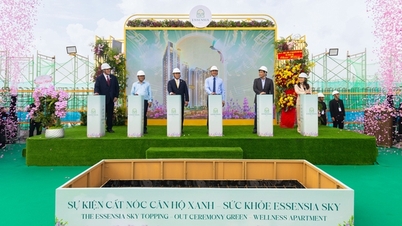


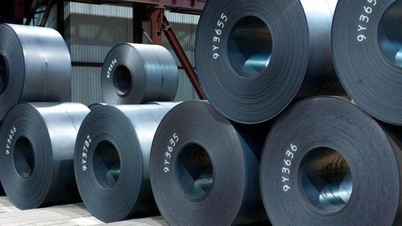

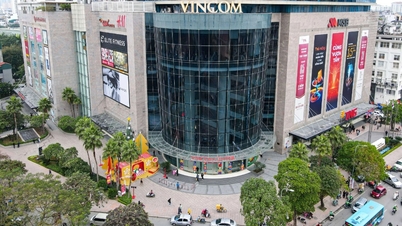
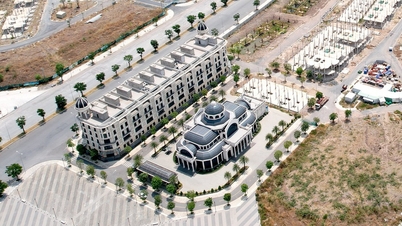






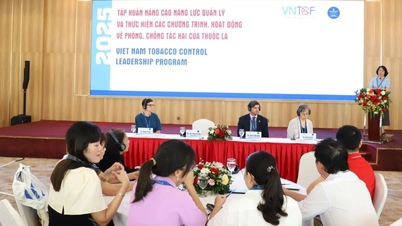


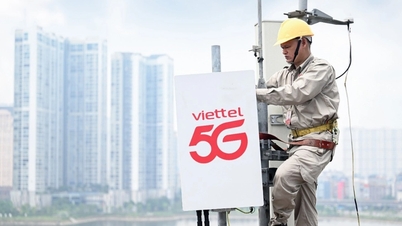
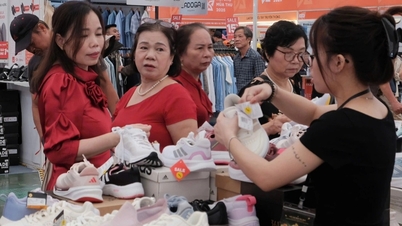


![[Photo] The 5th Patriotic Emulation Congress of the Central Inspection Commission](https://vphoto.vietnam.vn/thumb/1200x675/vietnam/resource/IMAGE/2025/10/27/1761566862838_ndo_br_1-1858-jpg.webp)


































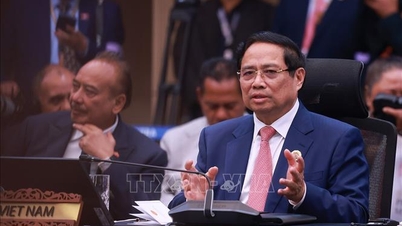




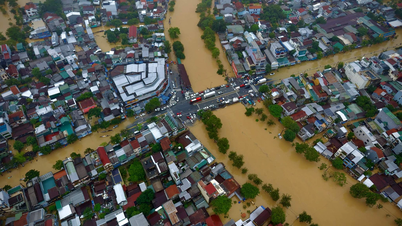


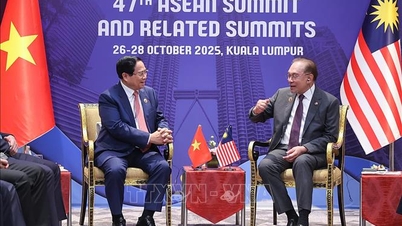



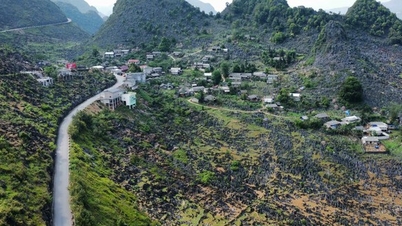
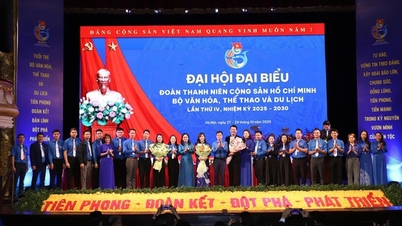
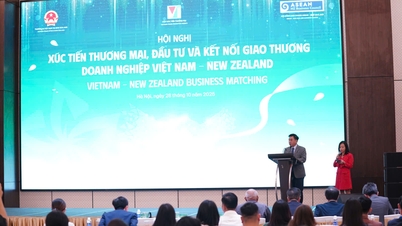


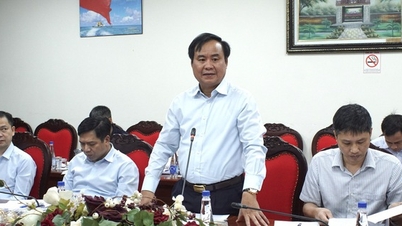




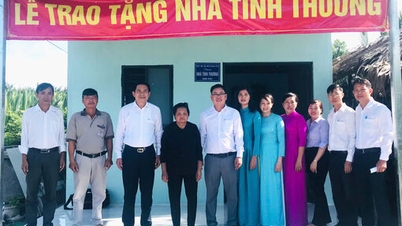

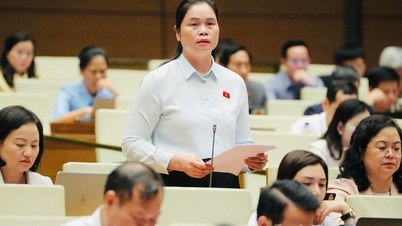

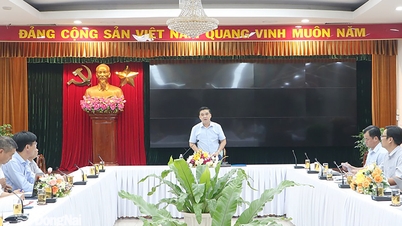

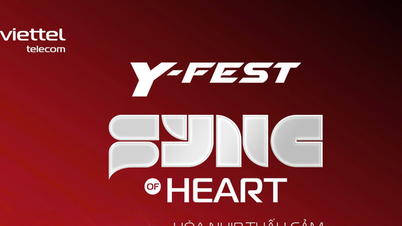












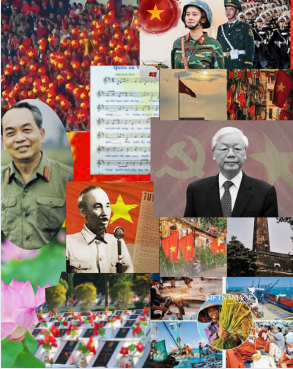


Comment (0)